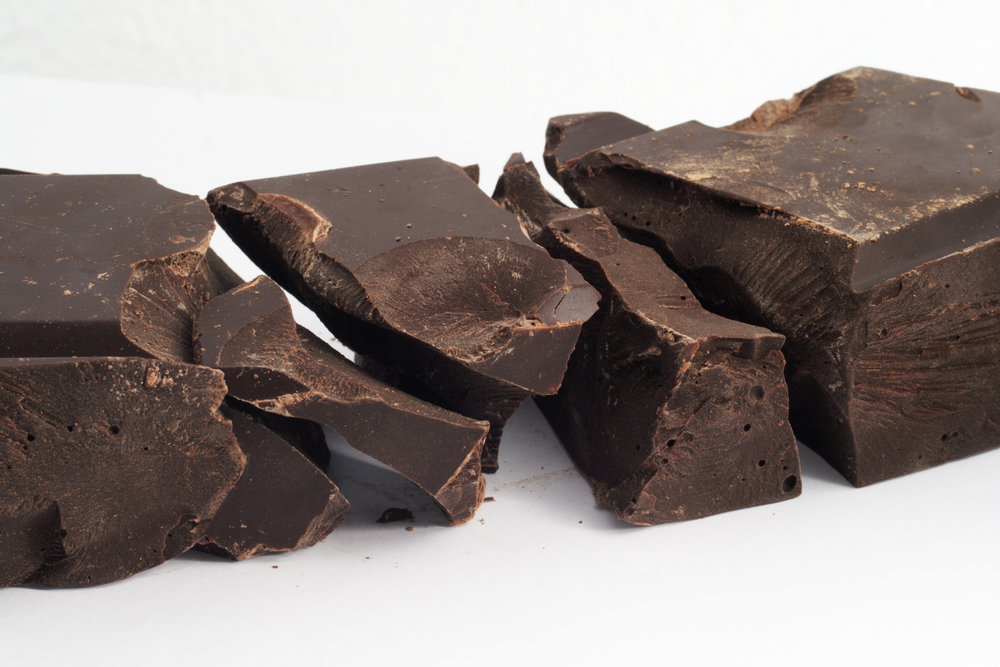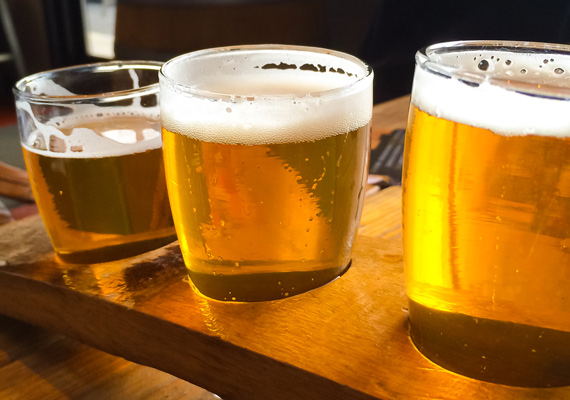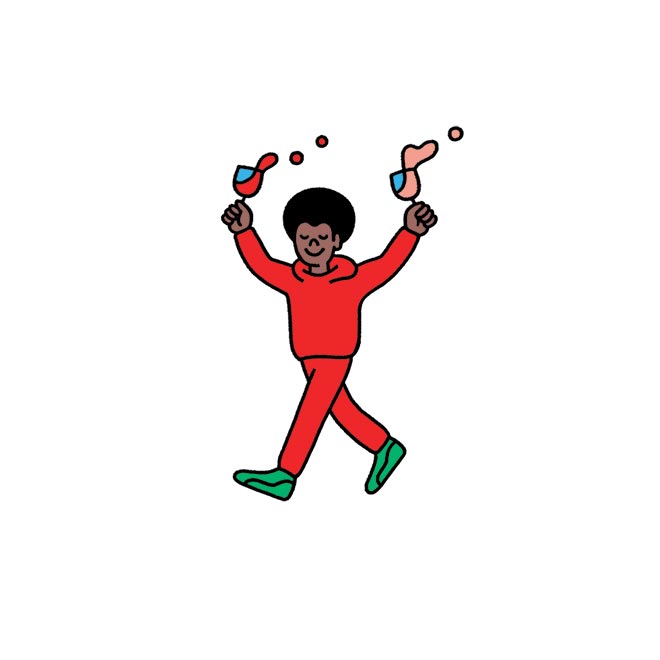Surfing on the ‘raw’ food wave, some local artisans are pushing the boundaries of chocolate making by creating ‘raw’ chocolate bars. Born from a desire to produce pure, whole foods that boast health, taste and quality benefits, artisans claim the manufacturing process has a minimal impact on the environment and respect fair trade practices.
Raw chocolate has been dubbed a functional food and even a ‘superfood’, but it really is an artisanal produce at the core: manufacturing it is no easy task and requires the passion, dedication and knowledge that only artisans possess.
However, at approximately $12 a bar, one could wonder if it is really worth the price tag – and what makes them so special?
First of all, artisans created raw chocolate as an alternative to processed, poor-quality products often available on our shelves. Far from the sugary, fat-laden commercial treats, they chose to manufacture smaller batches of our favorite treat using natural, organic ingredients only.
Aside from the very artistic packaging that Brooklyn-based Fine & Raw boasts, their chocolates incorporate a base of raw cacao, coconut oil and cacao butter. The result is a surprisingly polished, yet rough-around-the-edges product with well-developed aromas and a silky, decadent texture coming from the coconut oil.
Other companies like Righteously Raw will take it a step further and add other ‘superfoods’ to enhance nutritional value, such as Acai, Goji berries Lucuma and Maca to create the ultimate ‘feel-good’ treat.
The company’s founder, Audrey Darrow, is a breast cancer survivor and embarked on a raw chocolate journey after she realized the impact of processed foods on her body, and the healing benefits of natural ingredients.
Following raw principles that state that foods shouldn’t be heated at a temperature that exceeds 118°F/42°C, raw chocolate is supposed to be richer in enzymes, have an acidic pH, and incorporate a wider range of vitamins and minerals than commercial chocolates. With a low-glycemic index, it should be better suited for diabetics and people on a diet than other products.
However, cacao is problematic for raw manufacturing: cacao beans are immediately heated up and dried after they are picked up. This means that you raw chocolate bar isn’t entirely raw, but is semi raw. However, raw artisans promise that their suppliers dry the bean naturally, leaving them out in the sun. Artisans also focus their effort on changing what they know can be changed: the heating process at the factory level. The friction level of the machine used to grind the beans is checked to ensure it doesn’t make them too hot.
While its supporters claim that there are there substantial benefits associated to their consumption, one could also wonder whether there are any health risks associated to the consumption of raw products. So far, nobody has complained.






